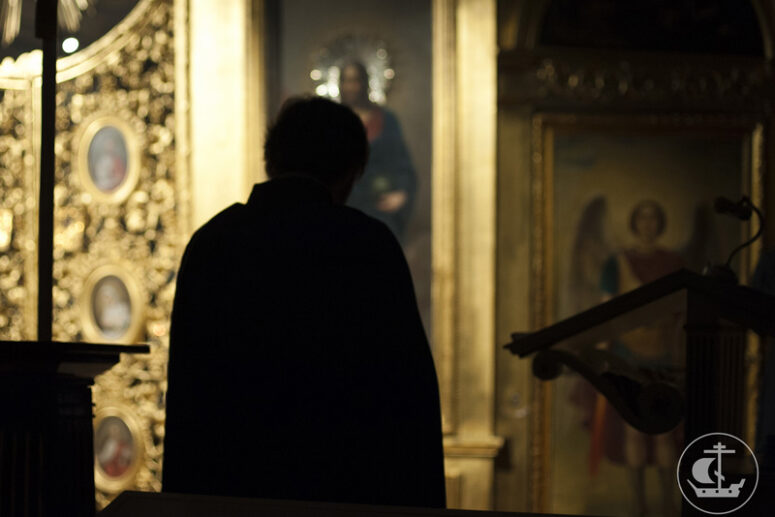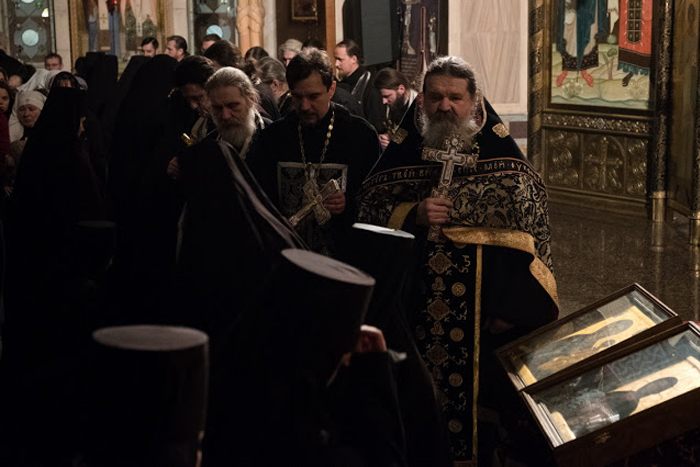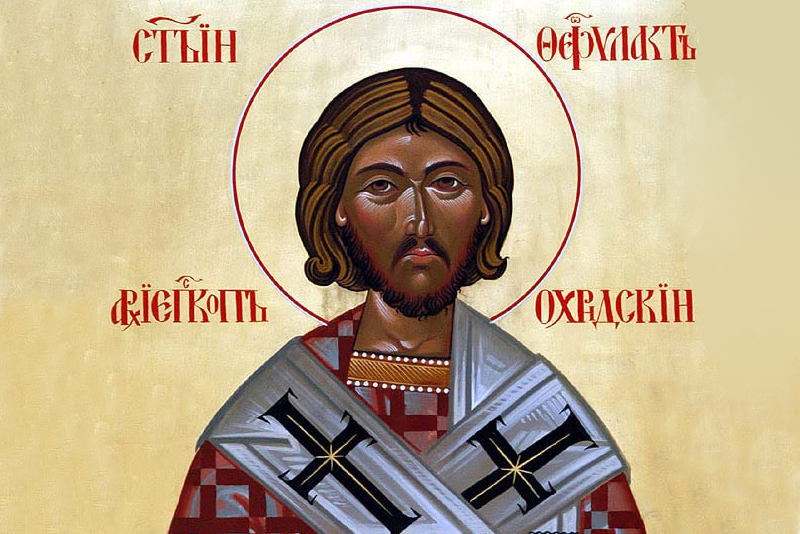
Question: Every time during the liturgy, when the priest proclaims “The Holy Gifts, for the Holy people of God”, I watch almost the entire congregation fall down on their knees and bow to the ground. I used to also do this, until I started to question this part and soon I found out everything. This proclamation serves to call the Christians to communion, and bowing to the ground is inappropriate here. It is performed in a completely different part of the Divine Liturgy. Priests never explain this to worshippers, although it would be nice if they did.
Answer: This may sound unusual, but there is no uniform rule about bowing in the Orthodox Church. Various books and brochures often contain some recommendations, which can be viewed as guidelines but not as indisputable authority.
The most authoritative sources on this topic are the Ecumenical Councils and the canonical epistles of the holy fathers, particularly Canon 20 of the First Ecumenical Council; Canon 91 of St Basil the Great; Canon 90 of the Sixth Ecumenical Council; Canon 15 of St Peter of Alexandria and Canon 1 of St Theophilus of Alexandria. All these canons say that on Easter or, more broadly, on any Sunday, believers do not kneel. St Basil the Great explains this in the following way: “By every kneeling and uprising, we show that through sin we have fallen to the ground, and that through our Creator’s love for mankind, we are again called to heaven” (To Blessed Amphilochius, from chapter 27 of St Basil’s book about the Holy Spirit; Canon 91 of St Basil the Great [Hieroconfessor Nicodemus (Milash), Canons of the Holy Fathers of the Orthodox Church with interpretations. Father’s House. Moscow, 2001).
The second group of sources is the typicons, books that contain guidelines for celebrating divine services and regulate some other parts of the ecclesiastical life. “Bowing-related” instructions contained in these books reflect the practice of ancient temples and monasteries, and especially The Holy Lavra of St Sabbas in Jerusalem. In addition to the typicon, bowing is also mentioned in the service book and in other liturgical books. Different editions of these books and even more so the liturgical books of various local Orthodox churches, contain different instructions on what bows should be made and when. In addition, there are traditions related to bowing that are not stated anywhere and yet are strictly observed. It is that last category that bowing during the proclamation “The Holy Gifts, for the Holy people of God” can be attributed to. This tradition can be justified by the fact that at this time the priest exposes the Holy Gifts, and it is to them that people bow. In the same way, we bow our heads when the priest blesses us with the Holy Gospel or makes the sign of the cross over us.
The variety of available information suggests that bowing is a matter of piety and church discipline. Besides, it is the parish priest who determines the manner of performing bows in each temple, so I would advise you to abide by this practice.
Translated by The Catalogue of Good Deeds
Source: https://foma.ru/nuzhno-li-delat-zemnoj-poklon-na-svjataja-svjatym.html




